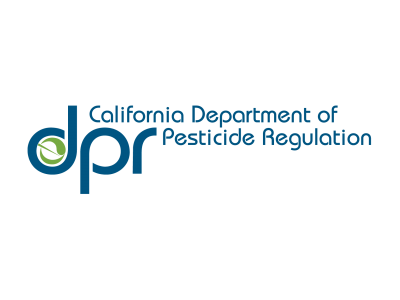DPR Announces Second Year of Enhanced Funding for Grant Opportunities to Accelerate Transition to Safer, More Sustainable Pest Management Practices
By Department of Pesticide Regulation
The California Department of Pesticide Regulation (DPR) announced $4.65 million in upcoming grant opportunities to increase the speed and the scale at which safer, more sustainable pest management practices are adopted across the state. The enhanced funds for the 2023 DPR Grants Programs cycle were allocated by the state budget and represent an increase of more than five times the amount in available funding opportunities compared to historical funding levels. Grant applications will open Monday, July 11, 2022.
“Our Grant Programs and their increased funding levels continue to play a key role in the state’s mission to advance the development and implementation of systemwide, sustainable pest management,” said DPR Director Julie Henderson. “Ongoing research, education and outreach are critical to protecting public health and preserving our environment as we accelerate the transition to safer pest management practices.”
DPR offers two grant programs focused on Integrated Pest Management (IPM) research, outreach, and implementation.
- The Research Grants Program: $3.15 million to fund research into sustainable pest management practices in agricultural, urban, or wildland settings that reduce pesticide use or provide alternative methods or practices that could replace pesticides that present a risk to public health and the environment. Examples of past Research Grant projects include evaluating drone-based releases of biocontrol organisms and testing non-chemical entrapment surfaces for monitoring and control of bedbugs.
- The Alliance Grants Program: $1.5 million to fund projects that promote or increase the implementation, expansion and adoption of effective, proven and affordable IPM systems or practices in agricultural, urban or wildland settings. Examples of past Alliance Grant projects include providing land managers with the best available information regarding invasive plant management through the use of an online decision support tool, as well as driving the adoption of mating disruption among small almond, pistachio and walnut growers within field clusters.
Last year’s DPR Grants Programs cycle represented the first year of increased funding allocated by the state budget. The department awarded $3.75 million in Research Grants to fund 10 research projects that explore IPM tools for urban, non-agricultural and agricultural pest management. DPR expects to award an additional $1.8 million in Alliance Grants funding later this month.
In addition to enhanced funding, DPR’s 2023 Grants Programs application process has been updated and will now offer an extended solicitation period and a streamlined application process.
The 2023 Research Grants Program solicitation period will open Monday, July 11, 2022. Applications will be accepted through Thursday, September 22, 2022.
Once the solicitation period has opened, application information, links to virtual information sessions and application materials will be available on the department’s Research Grants Program webpage.
The 2023 Alliance Grants Program solicitation period will open Monday, July 11, 2022. Applications will be accepted through Thursday, December 8, 2022.
Once the solicitation period has opened, application information, links to virtual information sessions, and application materials will be available on the department’s Alliance Grants Program webpage.
For questions or clarification concerning the DPR Grants Program, please contact DPRpmGrants.Solicitation@cdpr.ca.gov.






















